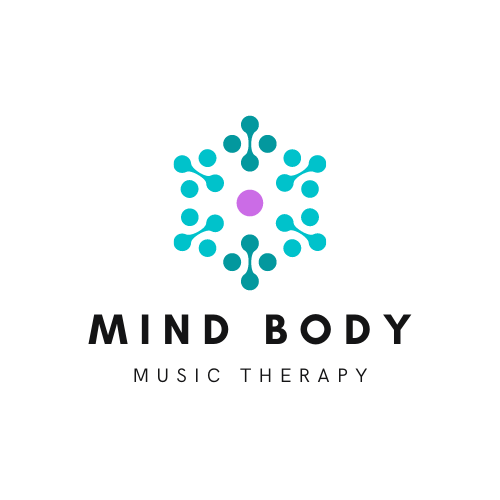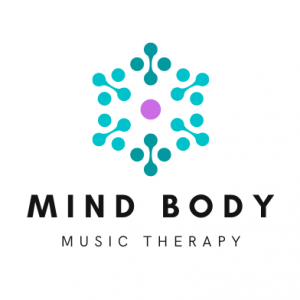
How to manage pain using music
While pain is always uncomfortable, in simple everyday situations, it often has a purpose. It can let us know that we’ve touched something hot, to help us step away, or tell us that we need to rest. For some people, however, pain can overstay its welcome, and linger for weeks or months, causing suffering without a clear cause. Chronic pain stops us from participating in normal activities, and can lead to feeling isolated and low in mood.
How can music help?
While music is not a ‘magic pill’, there are ways to tap into what it can offer, which can include:
- Relief or reduced experience of pain
- Improved mood
- Meaningful activity
- Social connection.
These potential benefits are supported by a growing body of research that highlights the neurological and neurochemical mechanisms underlying music’s effectiveness for managing pain.
How to use music for pain?
Before using music for managing pain at home, it’s important to be aware that music can sometimes evoke intense emotions. If this is a potential risk for you, I would recommend working with a Registered Music Therapist to identify which music might be most helpful, and to work through these big emotions with support (please get in touch if this feels important for you).
If you’re ready to explore how to use music to support your pain, here are some ideas to try. When using these ideas, try to notice how you respond to certain pieces of music, and keep a note of what ‘works’ for you.
Create a supportive playlist
Listening to your favourite music can help to release serotonin and dopamine, which have pain-relieving effects. To draw on these potential benefits, you can create a playlist using Spotify, iTunes or YouTube (see my resource page for technical tips on making a playlist). Having a list ready to go can be helpful to turn to when you’re in need of some musical support.
You might also like to try using my Spotify playlist for relaxation.
There are many factors that contribute to making a supportive playlist. To learn about upcoming workshops, or to ask about individual support, please get in touch.
Listen with intention
Most people are familiar with putting on music in the background, but have you ever tried listening with intention? This means putting aside a focused time, and reducing other distractions. To start out easy, you might like to start with a single song. Find a quiet place, make yourself comfortable, and commit to just listening for the whole song. You might like to close your eyes, or you might like to tap along to the music with your hands or feet. I encourage you to reflect on how you feel before and after this little ‘experiment’, and notice any changes if they occur.
Sing or hum to music
If you’re feeling a little more energetic, try singing or humming along to a favourite song. Research shows that actively engaging in music can be more effective for reducing pain intensity, and singing is one of my favourite ways to actively engage with music. If you’re worried about sounding ‘good’, I encourage you to try and put aside your expectations around aesthetics, and focus on the health benefits that you might experience, such as improvements to your breathing, stress and mood and a reduced experience of pain.
It’s not a ‘magic pill’
With all of these activities, it’s important to set realistic expectations. My PhD research found that it can take time and effort to learn to music as a health resource, and that support from a Registered Music Therapist might be helpful through this process. That said, if you’re feeling confident to explore music on your own, I encourage you to try these activities and notice what ‘works’ for you.
If you’d like to learn about additional techniques for using music as a resource, and stay up-to-date about future workshops, join my mailing list for updates.
There are many factors that contribute to using music to support pain, and pain is a complex biopsychosocial phenomena. For specialised support to manage the many impacts and contributors to pain, please get in touch.
Happy muscking!
Dr Kate McMahon, PhD
Registered Music Therapist
Director of Mind Body Music Therapy




